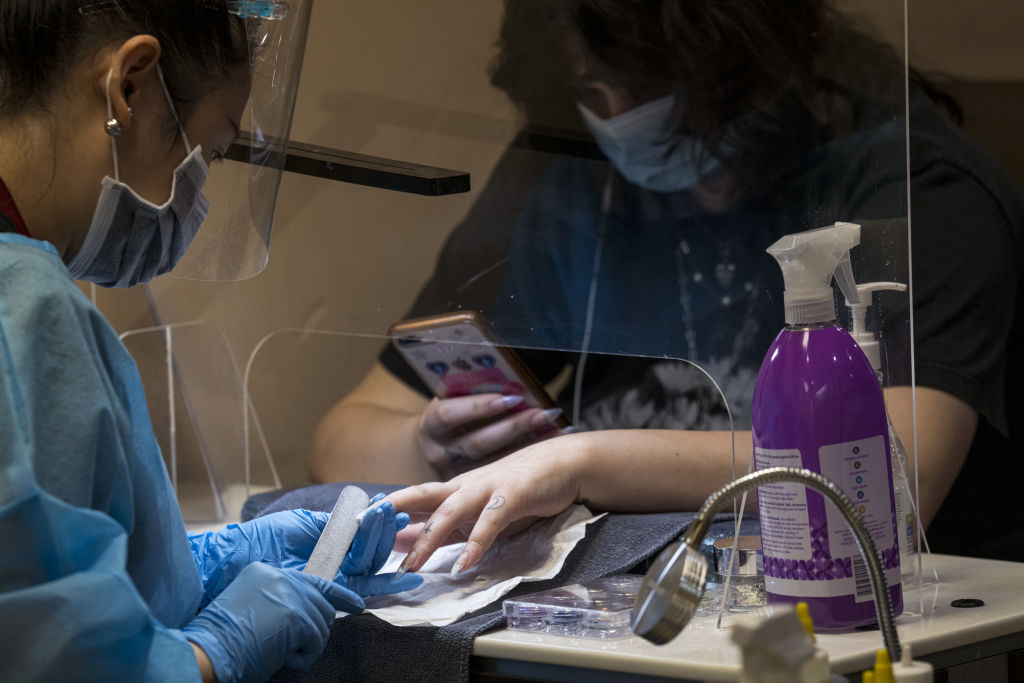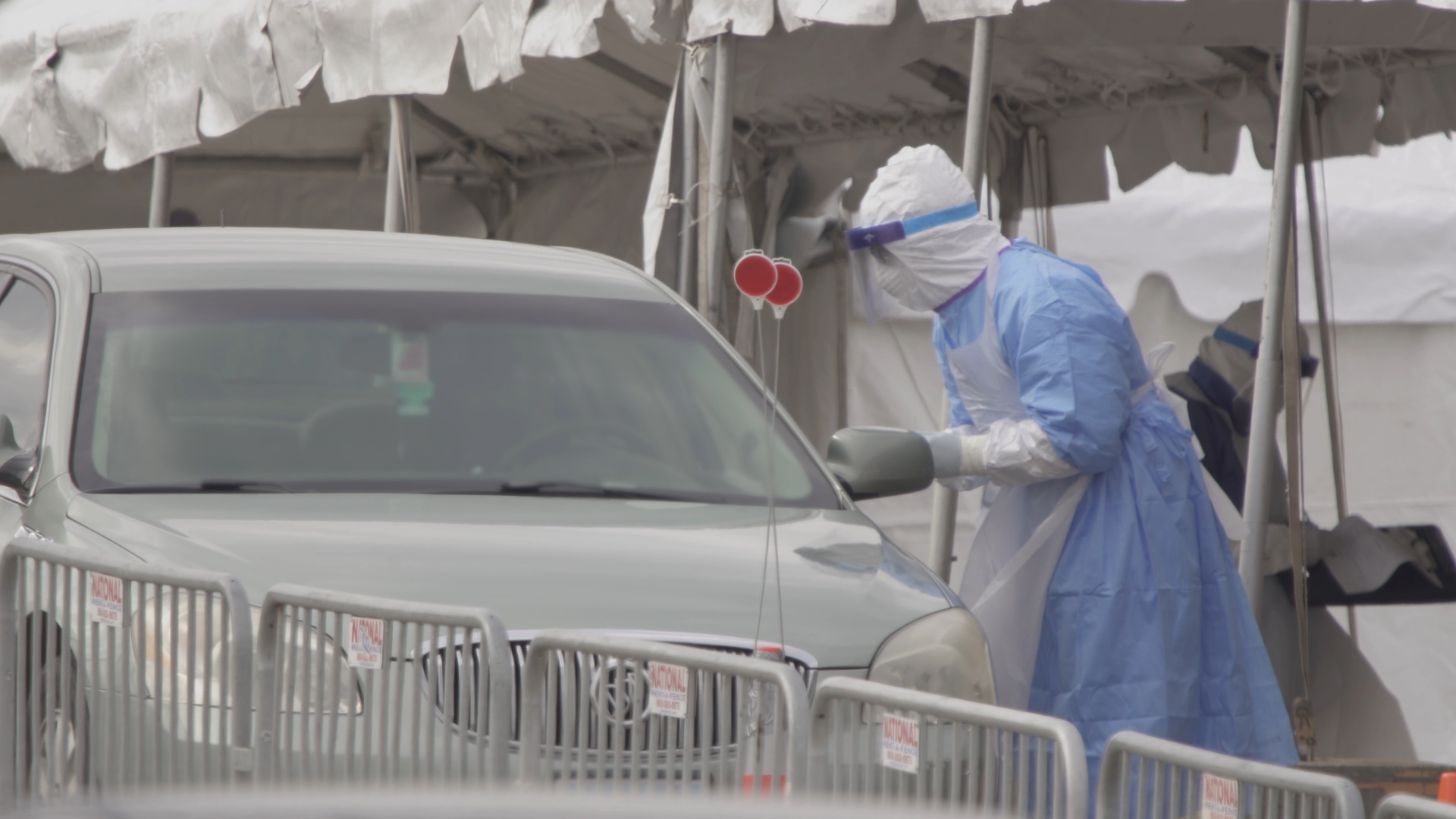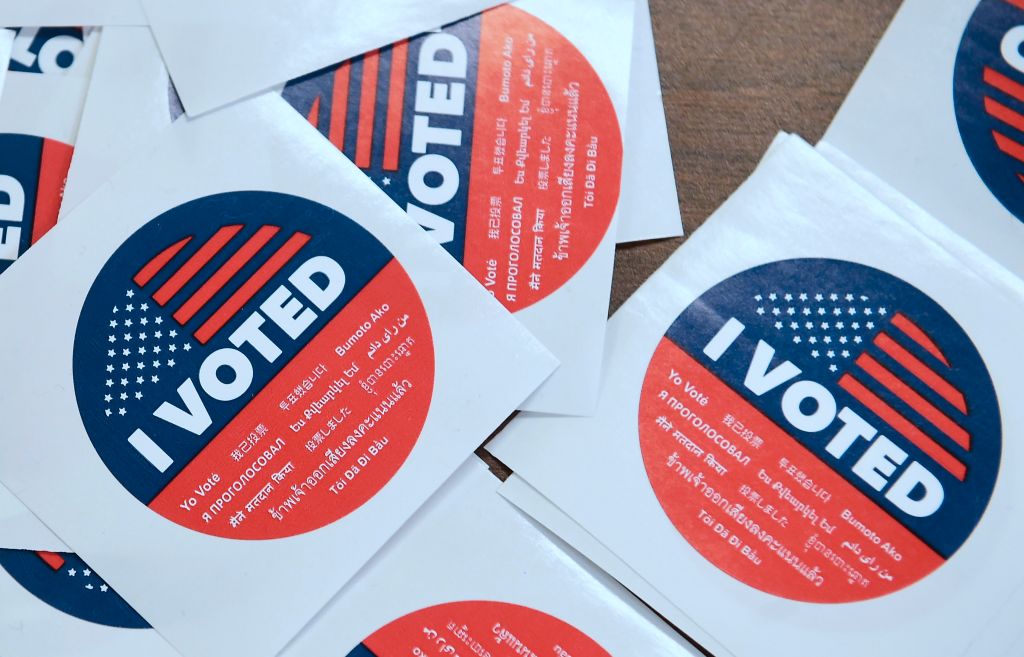Riverside County has officially moved into the "red'' tier of the state's economic reopening matrix, advancing out of the more-restrictive purple tier, state health secretary Dr. Mark Ghaly says.
The announcement comes on the heels of Riverside County Supervisor Jeff Hewitt Tuesday asking his colleagues to support a proposed two-month plan to lift all public health regulations that have locked down large swaths of the regional economy, resulting in thousands of job losses and other impacts that he said will be felt "for years to come.''
"The state's lack of clear guidelines has left thousands of people uncertain about their ability to pay bills and provide for their families,'' Hewitt said in his "COVID-19 Reopening Plan,'' posted to the Board of Supervisors' policy agenda.
"The economic impacts are clear -- thousands of businesses and hundreds of thousands of jobs have been lost due to the shutdown of our economy,'' the supervisor said, referencing the region and state. "We will feel the burden of these economic impacts for years to come. It is time for Riverside County to take responsibility for our own well-being.''
The centerpiece standard within the plan is a compromise concession by the governor and California Department of Public Health to set the allowable testing positivity rate at 14%, which the county currently easily meets.
According to the most recent CDPH data, the number of screenings that reflect symptomatic or asymptomatic positive tests for coronavirus countywide is just under 7%. Per the governor's color-coded de-regulation plan unveiled last month, the county is now under the less restrictive "red tier,'' still preventing many businesses from opening their doors.
Coronavirus Deaths in Your City and State — and Across the US
These charts use daily coronavirus death data from Johns Hopkins University to show the seven-day moving average of deaths at the city, state and country level.
The impact of coronavirus varies enormously in the United States from one place to another.
Source: Johns Hopkins University.
Credit: Visuals by Amy O’Kruk/NBC, data analysis by Ron Campbell/NBC
Hewitt's reopening proposal advocates a three-phase plan with a relatively expeditious timeline, beginning with permitting all dine-in restaurants, houses of worship, indoor offices, personal grooming establishments and shopping malls to open before the end of this week.
The liberation, however, would be structured in accordance with state guidelines, including social distancing requirements, use of facial coverings in closed and crowded spaces and strong sanitation practices by business operators.
The plan additionally calls for the county chief executive officer to be the frontline authority on how well the reopening is working, moving Riverside University Health System staff, including the county Public Health Officer Dr. Cameron Kaiser, into an advisory role. Kaiser has been a lightning rod of debate from the beginning of lockdowns in March because of his health directives, several of which the board overturned by unanimous vote in May.
How Coronavirus Has Grown in Each State — in 1 Chart
This chart shows the cumulative number of cases per state by number of days since the 50th case.
Source: The COVID Tracking Project
Credit: Amy O’Kruk/NBC
"Riverside County will gradually reopen ... in a safe and measured way, with constant consideration of the ability of the local hospital system to handle a surge in COVID-19 positive patients,'' Hewitt wrote. "The proposed plan is risk-based and allows for evaluation of health outcomes before proceeding through the phases.''
Under the plan, Phase II of the countywide reopening would begin Oct. 13 and would permit the resumption of wedding receptions and all group events that are capped at 25% capacity, or a 100-person limit, whichever is less.
Again, the county CEO, in consultation with RUHS staff, would monitor the phase-in to determine whether it's going too fast and posing too many risks, requiring a step back.
Phase III would be designated for Nov. 3, and it would permit the unfettered operation of fitness centers, movie theaters and bars -- with state virus-control standards remaining in place.
Some gyms have remained in business within the county despite the state mandates, at risk of incurring fines and other penalties. Speakers at recent board meetings have referred to cease-and-desist orders being issued by the Office of County Counsel, acting as a state enforcement agent.
Opponents of the ongoing public health lockdowns have emphasized to the board their personal and financial distress, as well as the effects on children's education because of the school closures. Hewitt's plan does not address the state's standards for reopening schools, which are restricted to remote or distance learning, unless they obtain waivers.
The county's COVID-19 patient hospitalization rate has been steadily falling since it peaked in mid-July. County Emergency Management Director Bruce Barton said last week he did not see any indication of the trend reversing anytime soon, though he cautioned that a wave could build if flu season is bad.
Hewitt expressed hope that the changes he's seeking will "create a shift toward a culture ... that promotes voluntary compliance with safety measures,'' as has happened elsewhere in the nation and world.




